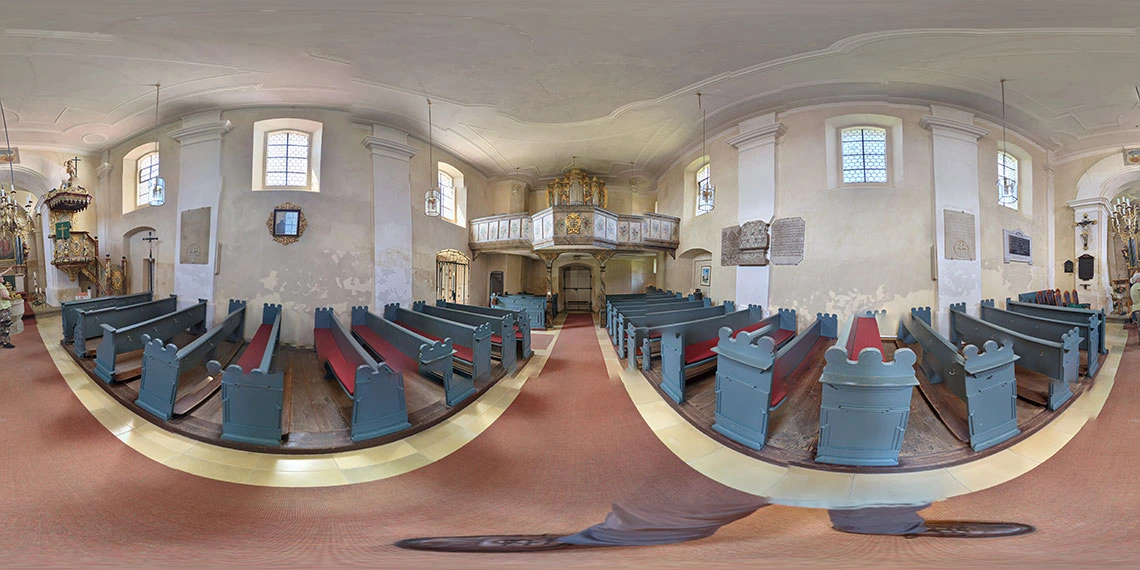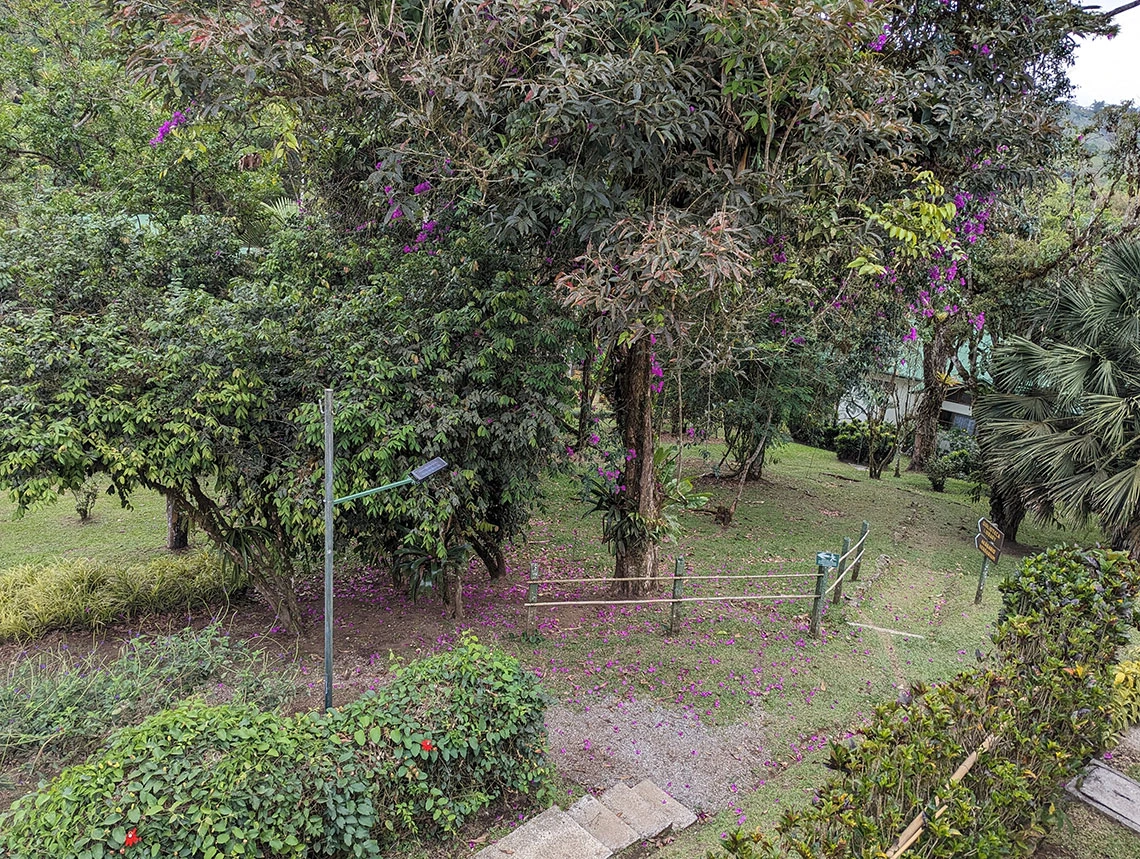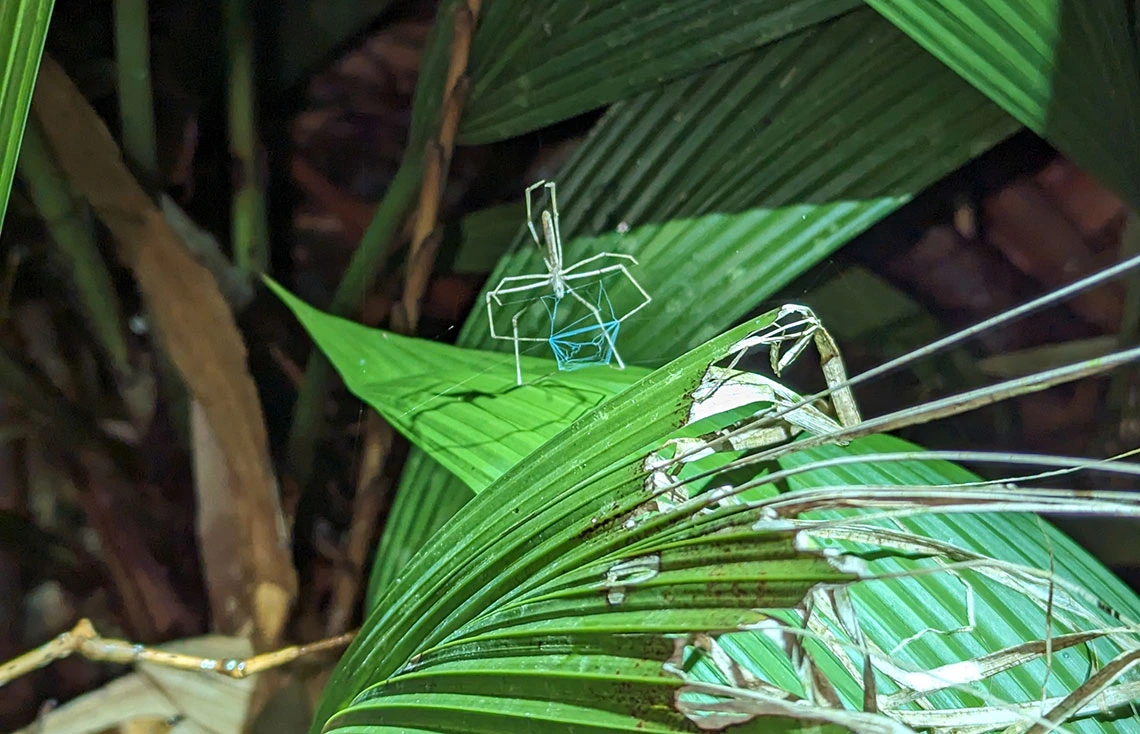Information for the Greater Good: P. Bryan Heidorn, Professor
INFOSCI FACULTY PROFILE

P. Bryan Heidorn, Professor, Associate Dean for Research and Graduate Academic Affairs, and Director, Center for Digital Society and Data Studies. Photo by Michael McKisson.
Problems like climate change, misinformation in society and cancer cannot be solved by an algorithm. However, by using information as an object and as a tool, we can bring together the many disciplines necessary to improve collaboration and coordination to make headway.
Dr. P. Bryan Heidorn, who joined the University of Arizona in 2009, directs the Center for Digital Society and Data Studies (CDSDS) in addition to his roles as professor and associate dean for research and graduate academic affairs. With a diverse background in iSchools leadership and information science research, he is passionate about getting information to scientists, policymakers and general citizens worldwide to make informed decisions about our environment.
What brought you to the University of Arizona?
Before arriving at the University of Arizona, I spent about ten years teaching and doing research at the iSchool at the University of Illinois, among the corn and soybean fields. By 2007 I had received several grants from the National Science Foundation’s program for Biological Infrastructure. I was working with a multi-university team on a proposal for a cyberinfrastructure center for biology. We were one of the last three finalists but did not get the grant. Perhaps out of pity, NSF invited me to be a program officer for biological cyberinfrastructure for a couple of years and to help manage the team that had won the grant, but from within NSF. As a program officer, I visited the University of Arizona several times and liked the campus and people. When an opening was advertised for the director of the University of Arizona School of Information Resources and Library Science, which then became the School of Information and now College of Information Science, I applied.
What is your current research, and what most excites you about this work?
Because of my administrative assignments, I do not have research time in my contract. Still, somehow I ended up on a digital humanities project to create storyboards, web pages, databases and VR/AR of shared churches in Europe. I am working with historians of the early modern period of Europe, taking photographs and haunting European archives to collect the story of how, after the Thirty Years’ War, Protestants and Catholics stopped killing each other for the most part and began sharing their churches across religions. One of our InfoSci students has moved some of the images and photospheres into VR.
I do manage to keep connected to other research, as well, albeit at arm’s length. As the college’s designated research associate, I attend many meetings across campus for new, larger research initiatives and work to get InfoSci faculty involved whenever possible. I review the college’s grants before they are submitted and it is exhilarating to see how much growth there has been in research over the past few years. I sometimes meet with colleagues and discuss how I might revive some of my prior projects once my administrative duties are finished.

Kirche St Nikolaus Photosphere (interior). Photo by Bryan Heidorn.
Tell us about your work with the Organization for Tropical Studies.
Though I do the regular academic tasks of reviewing papers, reviewing grant proposals for funding agencies and acting as an external reviewer of tenure cases for other universities, my largest service activity is as a member of the Board of Directors of the Organization for Tropical Studies. OTS is a consortium of about 40 universities and government agencies, offering classes and research support at three biological research stations in Costa Rica and one in South Africa. Operating for nearly 70 years, the organization is home to many foundational studies of tropical ecology.
One OTS project I have pushed is the digitization of old datasets so they can be integrated into new studies. This is critical for long-term research in areas such as climate change and forest restoration. I recently helped motivate a memorandum of understanding between OTS and the Smithsonian Biological Research Station in Panama. I’ll be working to entice researchers on OTS stations to use plot management Esri software systems to map the locations of trees and other biological objects across the stations into one standardized database, making it easier for scientists to collaborate, compare and share data.

Las Cruces Research Station and Wilson Botanical Garden, Costa Rica. Photo by Bryan Heidorn.
What are you teaching this year, and what do you most enjoy about teaching?
I have been teaching the graduate Foundations of Information Science course for the last couple of years. Early Master of Science in Information Science students from my intro class are now approaching graduation in the data science and machine learning concentrations. It is always rewarding to work with a very eager and ambitious group of high-achieving students.
How do you bring your research and service work into your teaching?
When I am developing examples for the class I often discuss the relationship of the class materials to my research projects from the last several years. These are usually about AI for image analysis or natural language processing (NLP) to analysis for awards from funding agencies. Since I am the college’s associate dean for research, I also know a little about the research of other InfoSci faculty and highlight that in class, as well. When I share other faculty research the students get a little preview of what may lie ahead in their future classes.
How else do you engage with students to foster their professional growth?
Through the CDSDS, I manage a number of grants and cooperative agreements with the National Park Service and the U.S. Forest Service. Our students and recent graduates work part-time or full-time as U of A employees at federal agencies doing archives work or data archeology. For example, InfoSci employees at the NPS—graduates of our Master of Arts in Library and Information Science—are developing the required skills to be certified as registered archivists. The datasets from the Forest Service will be used for forest management and research across the country.

A friend at the Las Cruces Research Station and Wilson Botanical Garden, Costa Rica. Photo by Bryan Heidorn.
Beyond research, service and teaching, what are your passions?
As you might be able to tell from the discussions above, I work in an area called biological informatics, mostly on the ecology side. I am passionate about getting information to scientists, policymakers and general citizens worldwide to make informed decisions about our environment. Sometimes this is through standard types of research, but also through advocacy work, work on boards of directors and helping more junior faculty in the field. I occasionally teach information and formal classes around the world for young people in those countries who wish to better study and manage ecosystems.
What makes you most proud in your long and successful career in higher education?
I think it is often the little things that I am most proud of. I have a collection of plaques, posters, letters and trinkets that were given to represent thanks for the work I have done. One is for helping convene a panel of experts to advise the Kenyan government, at the time of writing its latest constitution, on matters of information about the environment and ecotourism. Another is a small, wooden plaque from JP Jones, the former dean of the College of Social and Behavioral Sciences, for serving as director of the school. One more example: I have certificates from when I was a program officer at NSF for special projects in interagency working groups.
Understanding a cool new tool can be useful, but if you understand the foundational principles of information science then you will be better able to judge the worth of new technologies as they come along, and you’ll be better able to learn new technologies.
What advice do you have for InfoSci students?
Information science is exciting because it is growing and changing all the time. If you master a few things and stop growing you’ll find yourself quickly obsolete. Also, concentrate on the foundations and the fundamentals. Understanding a cool new tool can be useful, but if you understand the foundational principles of information science then you will be better able to judge the worth of new technologies as they come along, and you’ll be better able to learn new technologies. You can never know too much math or statistics, or know too many programming languages or too many libraries.
What does the InfoSci experience mean to you?
One of the most unique parts of an iSchool like the College of Information Science is the opportunity to tackle really gnarly problems that can’t be solved by any one discipline. An iSchool has experts from many fields, from sociology to physics, from computer science to library science, and from communications biology to many others. Problems like climate change, misinformation in society and cancer cannot be solved by an algorithm. However, by using information as an object and as a tool, we can bring together the many disciplines necessary to improve collaboration and coordination to make headway.
Learn more about P. Bryan Heidorn on his faculty page, or explore ways you can support the dynamic, student-invested faculty of the College of Information Science.

